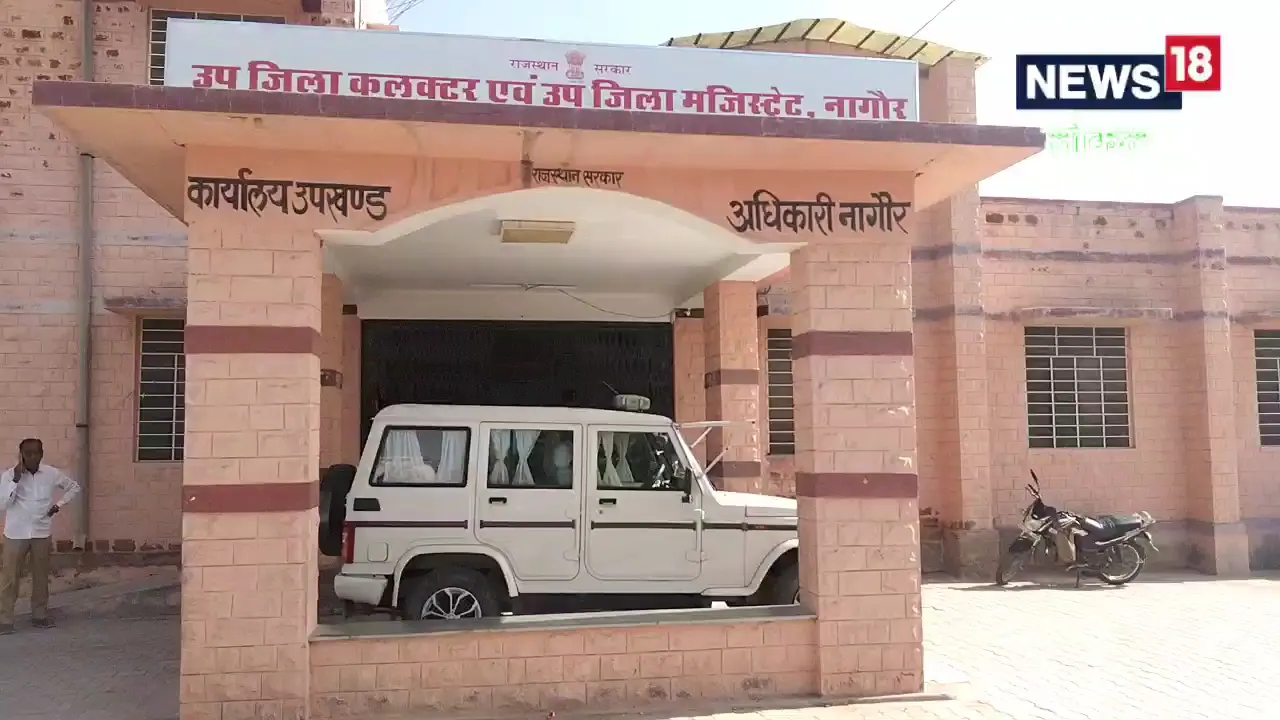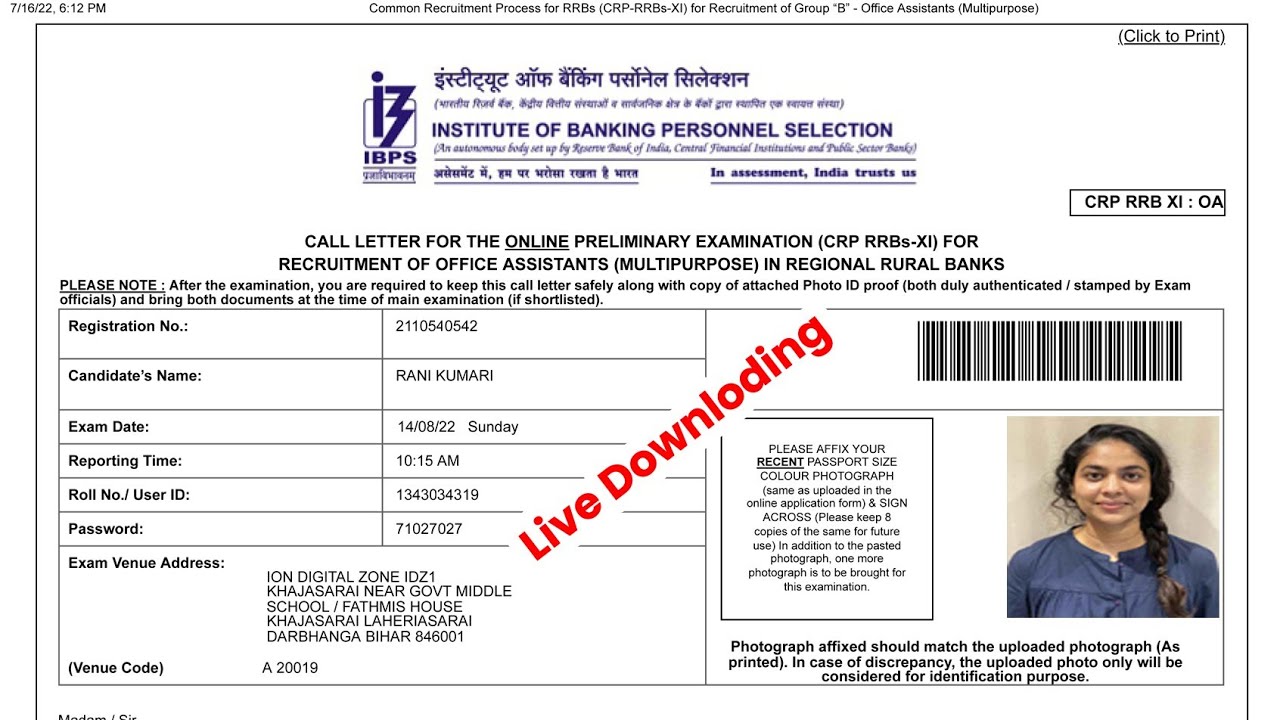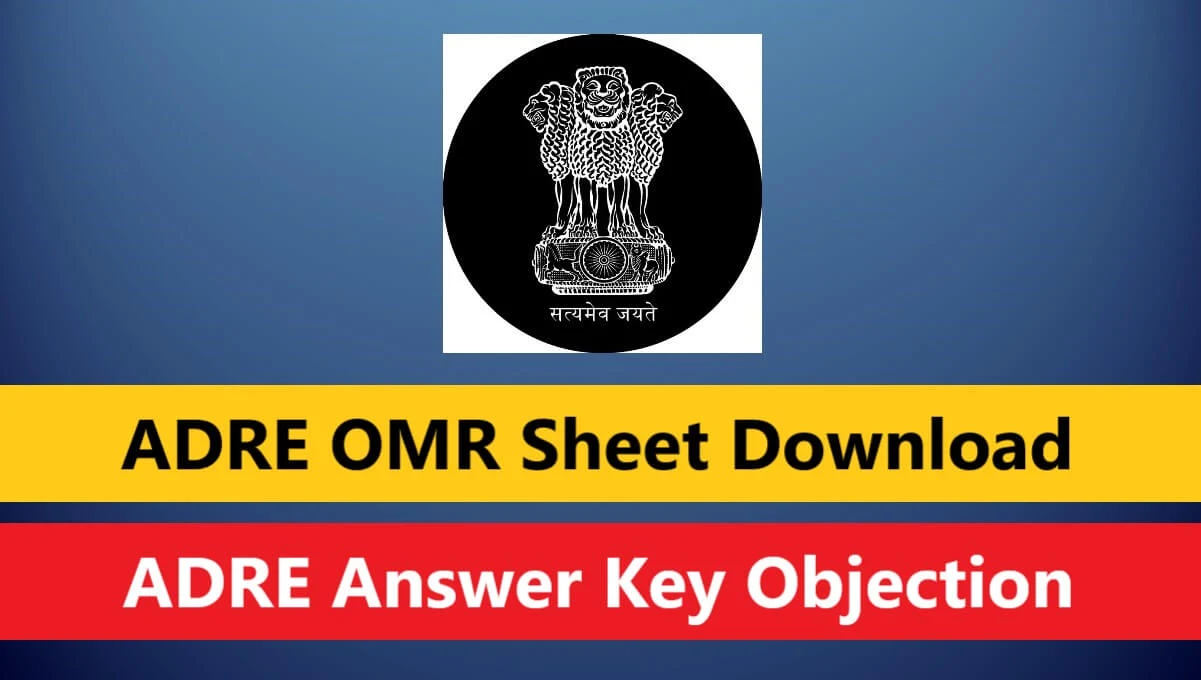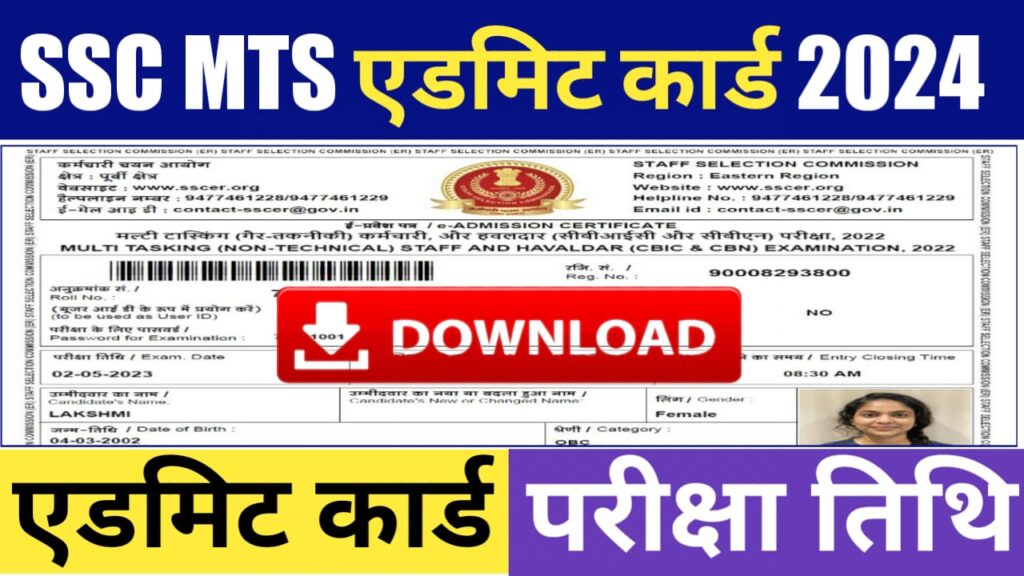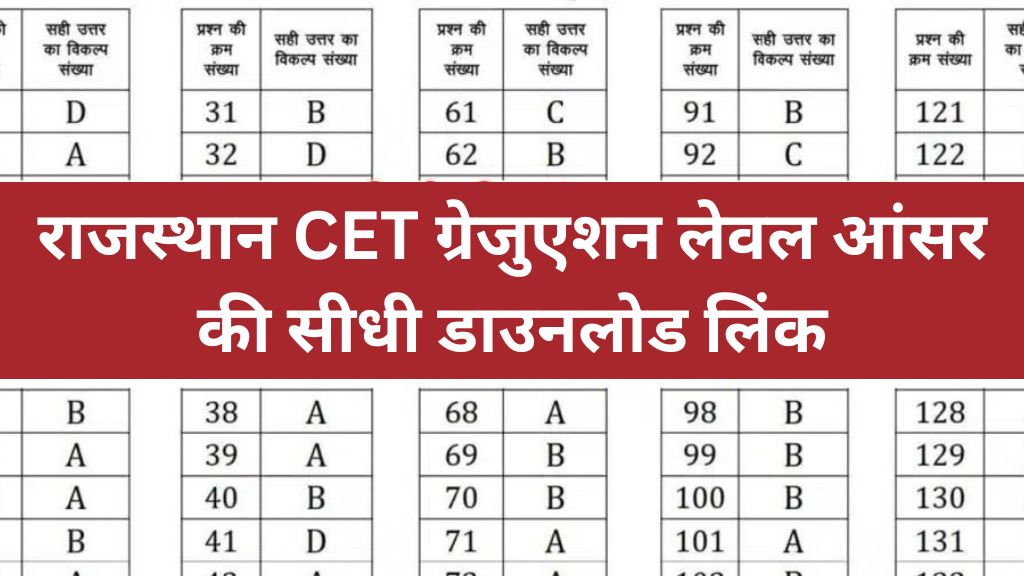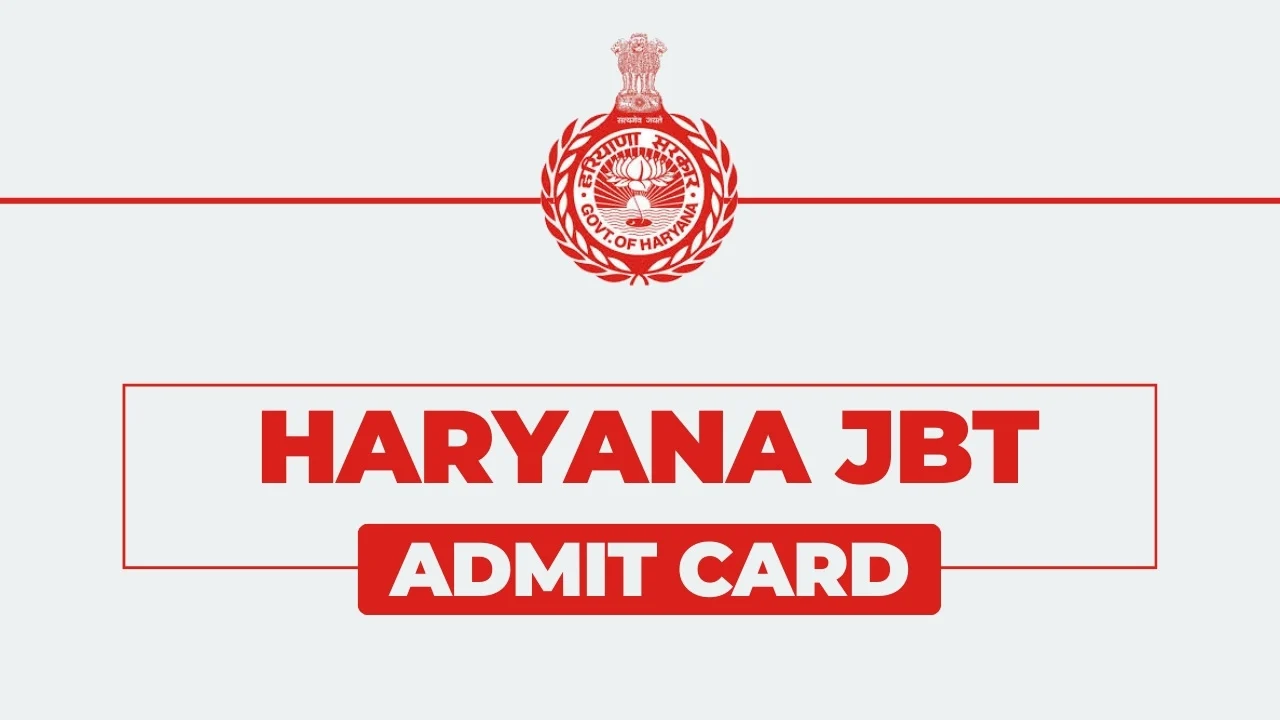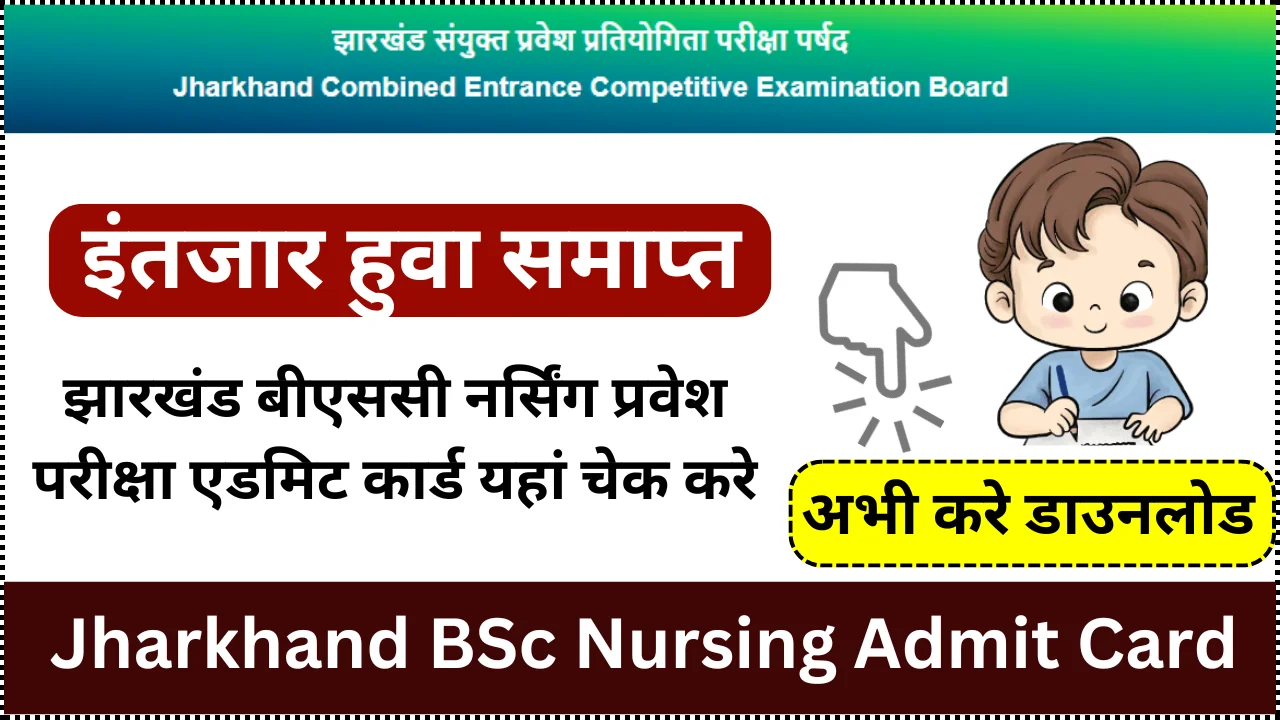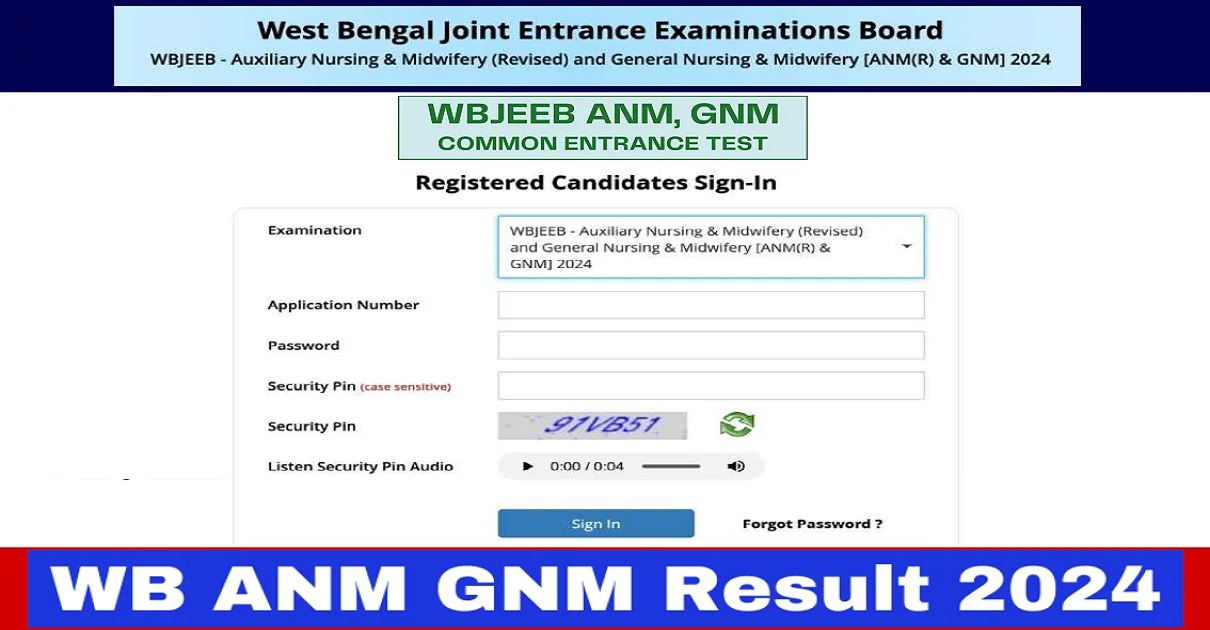The Staff Selection Commission (SSC) conducts the Combined Higher Secondary Level (CHSL) examination every year to recruit candidates for various posts such as Lower Division Clerk (LDC), Data Entry Operator (DEO), Junior Secretariat Assistant (JSA), Postal Assistants (PA), and Sorting Assistants (SA). SSC CHSL is one of the most sought-after government exams in India for candidates who have completed their 10+2 education. To ace this competitive examination, it is essential to be familiar with the SSC CHSL syllabus 2024 for both Tier-I and Tier-II stages.
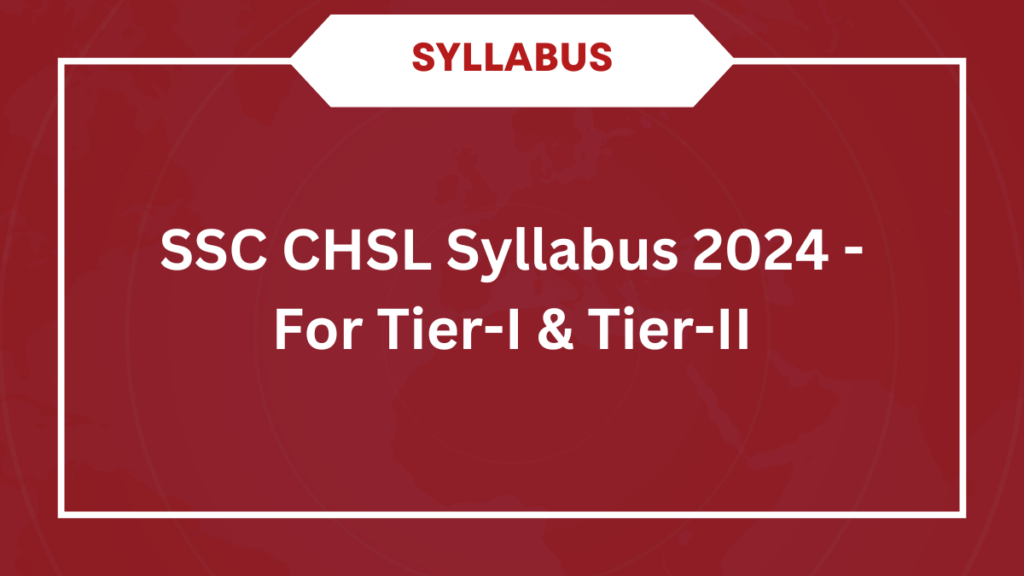
| Commission | Staff Selection Commission (SSC) |
| Exam Name | SSC CHSL 2024 |
| SSC CHSL Tier 1 Exam Date 2024 | 1st, 2nd, 3rd, 4th, 5th, 8th, 9th, 10th, 11th July 2024 |
| Category | Syllabus |
| Mode of Exam | Online |
| Negative Marking | Tier 1- 0.5 marks Tier 2- 1 mark |
| Selection Process | Tier 1 and Tier 2 |
| Official website | https://ssc.gov.in/ |
In this detailed article, we will delve into the SSC CHSL syllabus 2024 for Tier-I and Tier-II exams, along with the key topics you must focus on to boost your preparation. Whether you’re aiming for clerical or data entry posts, this article will serve as a guide to understanding the structure of the syllabus and to preparing effectively for both tiers.
SSC CHSL 2024 Exam Pattern Overview
Before we dive into the syllabus, it is important to understand the SSC CHSL exam pattern.
| SSC CHSL Tier-I Exam Pattern | ||||
| Sections | Subjects | No of Questions | Max Marks | Exam Duration |
| 1 | General Intelligence | 25 | 50 | 60 minutes (80 Minutes for PWD candidates) |
| 2 | General Awareness | 25 | 50 | |
| 3 | Quantitative Aptitude (Basic Arithmetic Skill) | 25 | 50 | |
| 4 | English Language (Basic Knowledge) | 25 | 50 | |
| Total | 100 | 200 | ||
Tier-I:
- Mode of Examination: Computer-Based Test (CBT)
- Type of Questions: Multiple Choice Questions (MCQs)
- Total Marks: 200 marks
- Total Questions: 100 questions
- Time Duration: 60 minutes (80 minutes for candidates eligible for scribes)
- Sections:
- General Intelligence
- Quantitative Aptitude
- English Language
- General Awareness
Tier-II:
| SSC CHSL Tier 2 Exam Pattern 2024 | ||||||
| Session | Section | Modules | Subject | No. of Questions | Marks | Time |
| Session-I (2 hours and 15 minutes) | Section 1 | Module-1 | Mathematical Abilities | 30 | 60*3 = 180 | 1 hour |
| Module-2 | Reasoning and General Intelligence | 30 | ||||
| Section 2 | Module-1 | English Language and Comprehension | 40 | 60*3 = 180 | 1 hour | |
| Module-2 | General Awareness | 20 | ||||
| Section 3 | Module-1 | Computer Knowledge Module | 15 | 15*3 = 45 | 15 minutes | |
| Session-II (25 minutes) | Section 3 | Module-2 | Skill Test/ Typing Test Module-Part A- Skill Test for DEOs in Department/ MinistryPart B: Skill Test for DEOs except in Department/ MinistryPart C: Typing Test for LDC/ JSA | — | — | 15 minutes 15 minutes10 minutes |
- Mode of Examination: Computer-Based Test (CBT)
- Type of Questions: Objective-type, Descriptive, and Skill/Typing Test (where applicable)
- Total Marks: 450 marks
- Total Questions: Varies based on sections
- Time Duration: 1 hour and 15 minutes per session (Section-wise breakup provided below)
SSC CHSL 2024 Syllabus
Tier 1
The Tier-I exam serves as the preliminary stage in SSC CHSL and tests the candidates’ fundamental knowledge in General Intelligence, English Language, Quantitative Aptitude, and General Awareness. Let’s explore the syllabus for each section in detail.
1. English Language (25 Questions, 50 Marks)
The English section assesses a candidate’s command over the language, grammar, and comprehension. This section is pivotal as a good score can help in clearing the cutoff.
Key Topics:
- Error Detection: Spotting grammatical errors in sentences.
- Fill in the Blanks: Choosing the correct word to fill a gap in a sentence.
- Synonyms/Antonyms: Vocabulary-based questions on similar and opposite words.
- Idioms and Phrases: Understanding and interpretation of common idiomatic expressions.
- One Word Substitution: Replacing a sentence with a single word.
- Active/Passive Voice: Conversion of sentences between active and passive voice.
- Direct/Indirect Speech: Changing sentences from direct to indirect speech and vice-versa.
- Cloze Passage: A passage with blanks that need to be filled using context clues.
- Comprehension Passage: Questions based on a given passage to test understanding. Preparation Tip: Focus on building vocabulary and revising grammar rules. Practice reading editorials and comprehension passages regularly.
2. General Intelligence (25 Questions, 50 Marks)
This section tests a candidate’s logical reasoning and ability to think critically. It includes both verbal and non-verbal reasoning questions.
Key Topics:
- Analogy: Identifying relationships between pairs of words or numbers.
- Classification: Grouping of similar items and identifying the odd one out.
- Series: Number, alphabet, and figure-based sequences.
- Pattern Folding and Unfolding: Visualization of figures folded or unfolded.
- Puzzles and Seating Arrangement: Logical arrangements of data.
- Syllogism: Logical reasoning using statements and conclusions.
- Coding-Decoding: Converting one pattern into another based on a set of rules.
- Venn Diagrams: Problems involving set theory.
- Drawing Inferences: Deductions from given information. Preparation Tip: Practicing reasoning puzzles and solving mock tests is crucial. Focus on speed and accuracy.
3. Quantitative Aptitude (25 Questions, 50 Marks)
The quantitative aptitude section tests mathematical skills and the ability to solve problems quickly and accurately. This section is critical for securing a good score.
Key Topics:
- Number Systems: Computation of whole numbers, decimals, and fractions.
- Arithmetic Operations: Percentages, averages, ratios, proportions, time and work, profit and loss, interest (simple and compound).
- Algebra: Elementary surds, basic algebraic identities, and solving linear equations.
- Geometry: Basic geometry, properties of triangles, circles, chords, tangents, and congruence.
- Mensuration: Calculation of areas and volumes of geometric shapes like triangles, quadrilaterals, spheres, cylinders, cones, and prisms.
- Trigonometry: Basic trigonometric ratios and identities.
- Statistical Charts: Reading and interpreting data from bar graphs, histograms, and pie charts. Preparation Tip: Strong foundational knowledge of arithmetic and algebra is essential. Practice solving questions within time limits.
4. General Awareness (25 Questions, 50 Marks)
General awareness covers current events, general knowledge, and awareness of the surroundings. This section requires continuous preparation and regular updates on important events.
Key Topics:
- Current Affairs: National and international events, awards, sports, books and authors.
- Indian History and Culture: Major events in Indian history, freedom struggle, cultural heritage.
- Geography: Physical and political geography of India and the world.
- Economy: Basic concepts of the Indian economy, budgeting, banking.
- Science and Technology: Latest advancements in science, research, and developments.
- Indian Polity: Constitution, political systems, governance, and current policies. Preparation Tip: Regularly read newspapers and magazines. Make concise notes of important events and topics for quick revision.
For Tier-II
The Tier-II of SSC CHSL consists of multiple modules designed to test a candidate’s proficiency in specific skills required for the job roles. Tier-II is crucial as it requires advanced preparation and technical knowledge.
1. Module-I of Section-I: Mathematical Abilities
This section builds upon the arithmetic and algebraic concepts tested in Tier-I but delves deeper into advanced mathematical topics.
Key Topics:
- Number Systems, Arithmetic Operations, and Algebra: As covered in Tier-I, with additional emphasis on solving complex problems.
- Geometry: Further exploration of properties of circles, triangles, and polygons.
- Mensuration: Advanced calculations involving 3D shapes like prisms, cones, spheres, and pyramids.
- Trigonometry: Advanced problems involving trigonometric identities and complementary angles.
- Statistics and Probability: Focus on statistical charts, mean, median, mode, and basic probability.
2. Module-II of Section-I: Reasoning and General Intelligence
- Advanced Logical Reasoning: Critical thinking, word building, emotional intelligence, and social intelligence. The topics are largely similar to Tier-I but with higher difficulty.
3. Module-I of Section-II: English Language and Comprehension
The syllabus here is an extension of Tier-I, focusing on:
- Advanced Comprehension and Grammar: Two or more comprehension passages will be provided, one based on a story and the other on current affairs.
- Writing Skills: Sentence improvement, shuffling of sentences, and reordering passages.
4. Module-II of Section-II: General Awareness
General awareness in Tier-II covers deeper knowledge of topics from Tier-I, including:
- History, Geography, and Polity with more focus on Indian and global events.
5. Module-I of Section-III: Computer Proficiency
This module tests a candidate’s proficiency with computer basics and internet operations:
- Computer Basics: CPU, memory organization, input/output devices, Windows Explorer, and keyboard shortcuts.
- Software: Windows OS, MS Word, MS Excel, PowerPoint.
- Internet Usage: Email management, web browsing, downloading, uploading, e-banking.
- Networking and Cybersecurity: Networking devices, protocols, and cybersecurity measures.
Conclusion
The SSC CHSL syllabus 2024 is vast and requires meticulous preparation for both Tier-I and Tier-II. By focusing on important topics and practicing regularly, candidates can significantly improve their chances of clearing the exam. Key to success lies in creating a structured study plan, revising important concepts, and taking mock tests to analyze your performance.
As the competition for SSC CHSL is intense, a strategic approach to covering the syllabus and managing time effectively can help candidates not only clear the cut-off but also score high enough to secure a preferred post.

